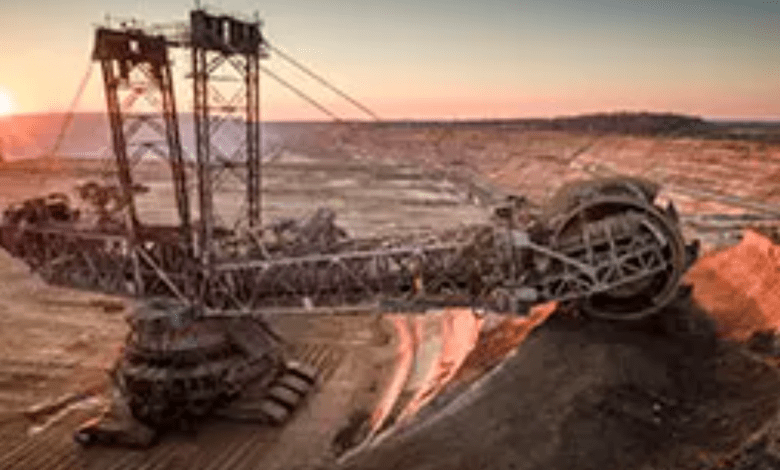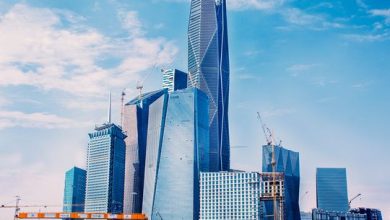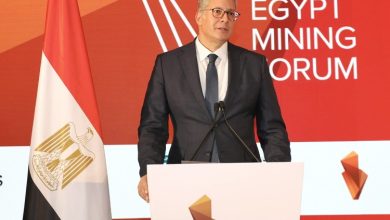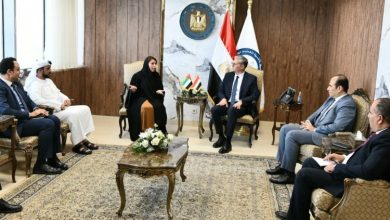
- Ministry aims to increase the number of companies in mining and manufacturing industries, boost the sector’s added value and increase relevant exports by 2026
ABU DHABI: Khaled Al Hosani, Director of the Geological and Mineral Resources Department at the Ministry of Energy and Infrastructure, said that mining is one of the UAE’s most promising sectors.
The ministry has, therefore, launched the country’s first mineral wealth strategy, in collaboration with local authorities and the private sector, to align with global and regional trends, he added.
Al Hosani made this statement during the eighth edition of the Fujairah International Mining Forum and its accompanying exhibition, held from 26th to 28th September under the theme “Mining Investment, Sustainable Development,” and the patronage of H.H. Sheikh Hamad bin Mohammed Al Sharqi, Supreme Council Member and Ruler of Fujairah.
In his statement to the Emirates News Agency (WAM), Al Hosani stressed that the ministry has set targets for the mining sector, including increasing its contribution to non-oil GDP to 5 percent by 2030, increasing the number of companies in mining and manufacturing industries, boosting the sector’s added value and increasing relevant exports by 2026, as well as substituting mining extraction industry imports valued at some US$558 million with local products by 2026, declaring six geological reserves in collaboration with relevant authorities, and registering them with the United Nations Educational, Scientific and Cultural Organisation (UNESCO) by 2030, among other objectives.
“The ministry has conducted geological and mineral surveys, produced geological maps, and built a geological and geophysical database. The first mineral survey was carried out in 1975, resulting in the preparation of various geological maps. From 2002 to 2006, modern geological maps were developed for mountainous regions and adjacent areas through detailed geological studies, including fieldwork,” he added.
From 2006 to 2012, the second phase of the survey was completed, covering the remaining areas of the country. This phase produced over 47 geological maps, both paper and digital, and approximately 20 specialist reports covering various geological fields. Additionally, the ministry established a geological and geophysical database representing the outcomes and outputs of its geological and geophysical surveys.




